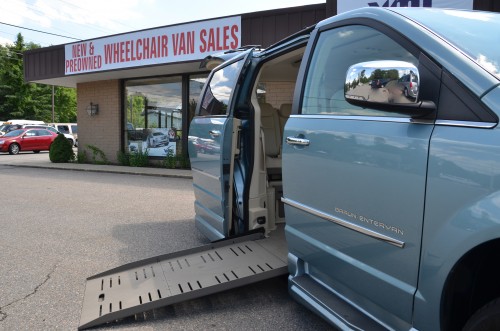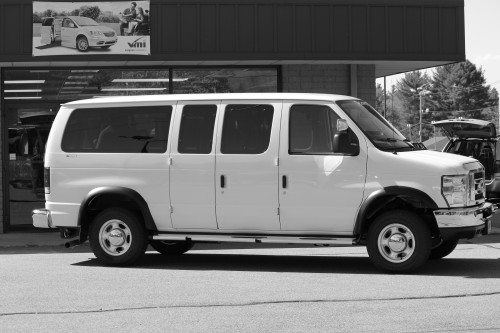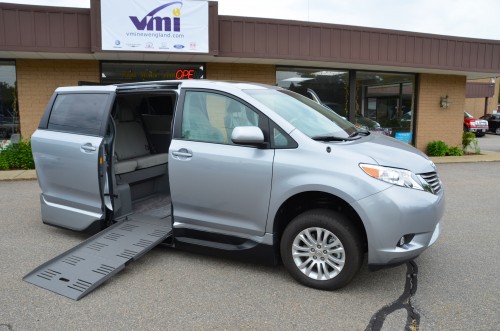
One common misconception about car insurance is that handicapped drivers pay more for coverage than non-handicapped drivers. This simply is not true. Federal law prevents car insurance companies from discriminating against handicapped drivers due to their disabilities. Many states have additional laws on the books, and even if car insurance companies were allowed to discriminate, they would likely discriminate in favor of handicapped drivers; statistically speaking, they are more careful than non-handicapped drivers and much less likely to be involved in accidents. Nevertheless, handicapped drivers need the lowest possible rates on car insurance just as much as all other drivers, and it is worthwhile to know a few ways that they can cut their car insurance fees.
Handicapped drivers should first look for safety discounts because this is one of the fastest ways to change premium rates without adjusting the coverage levels. Many car insurance companies offer safety discounts for any drivers who have vehicles with special safety features like side airbags and anti-lock brakes. You can find out whether your car insurance company offers these discounts by studying your policy contract or simply by calling your car insurance agent and asking about available options. If your car is already outfitted with safety features, you are wasting money by not asking for discounts, and if your car is not outfitted, you might look into having some low-cost safety measures installed to keep your car insurance fees low. Ask whether modifications that you have made to a car for your handicap qualify for discounts; even something like oversized mirrors can often have a positive effect on premiums. Other discounts will apply to handicapped drivers who take road safety courses, students, and even drivers who have simply kept their insurance coverage up for a specified length of time. The key is to ask-you will often be surprised at how quickly your car insurance fees will drop.
Online car insurance websites can also help handicapped drivers to find lower rates. Reputable websites will not ask about a driver’s handicap or even inquire as to the handicap status of the driver. Instead, car insurance websites will ask questions about your vehicle and driving record to determine how much of an insurance risk that you pose, and this information will be submitted to car insurance companies in order to return a few quotes. These websites make it easy to look at your insurance options, which in turn, can help a driver to find a better policy than what he or she currently has. Always take the time to compare car insurance quotes. Handicapped drivers and all other drivers can benefit from this, as it is the best possible way to keep rates down.







